The first half of the year has just concluded, and a set of new economic data has quietly begun to unfold. The performance of the world's three largest economies shows a clear divergence: the US remains the largest, Japan has slipped out of the top three, and China maintains its second position.
The GDP gap between the three countries, however, reveals more than just numerical fluctuations.

The heavy price of America's "top spot"
In the first half of 2025, the US GDP reached $15.1 trillion, maintaining its global top spot. However, the underlying concerns behind this figure remain. A quarter-on-quarter contraction of 0.5% in the first quarter broke the streak of continuous growth, driven by a combination of factors including trade policy, the impact of interest rate hikes, and sluggish domestic demand.
Since the beginning of the year, the Federal Reserve has maintained a high interest rate policy to suppress inflation. Consumption has slowed, people's willingness to save has increased, and investment appetite has declined. Faced with rising financing costs, many small and medium-sized manufacturers have halted expansion. At the same time, some industries, after repatriating outsourced production, have found that local supporting facilities are severely lagging, making recruitment difficult, costs high, and technological advancements lacking.

The aftershocks of the "tariff war" are still lingering. The US previously imposed tariffs on goods from various countries, prompting numerous countries to retaliate. The resulting rise in two-way barriers led to a significant decline in US exports in the first quarter and increased import costs. Companies pre-stocked to hedge against tariffs, disrupting production and causing a surge in inventories, putting pressure on the consumer sector.
The situation eased somewhat in the second quarter. GDP grew by 1.3% quarter-on-quarter, showing initial signs of recovery. This was primarily due to the US renegotiating with several countries, resulting in phased tariff exemption agreements. This allowed some goods to resume circulation, gradually releasing corporate inventories, and slightly recovering exports. At the same time, the government introduced subsidy bills to boost consumer purchasing power, boosting domestic demand in the short term.
However, the problem remains unresolved. The Federal Reserve has not stopped its pace of interest rate hikes, mortgage rates continue to rise, consumer lending enthusiasm is weak, and businesses remain cautious about investment. Numerous startups have suffered severe losses, leading to a new wave of bankruptcies in central and southern states.

The service industry appears to be thriving, but actual support is weak. Growth in the high-tech and financial sectors is particularly sluggish. The investment climate in Silicon Valley has cooled, and AI and new energy have not generated widespread employment. The public wealth effect has weakened, and social divisions have further intensified.
While the United States maintains its position as the world's number one economy, the pressure on this top spot is greater than ever. Despite its high economic output, growth is beginning to show signs of fatigue. While data is growing, the underlying structure is shaky. The reality of a growth rate that is "difficult to outpace inflation" poses a daunting challenge for the United States' future.

Japan's economic growth is rebounding, but structural challenges remain.
In the first half of 2025, Japan's GDP was approximately US$2.11 trillion, a year-on-year increase of approximately 1.5%. While this appears to be positive growth, a closer look at quarterly fluctuations and the industrial structure reveals that Japan remains in an extremely fragile recovery phase.
Japan's GDP fell by approximately 0.2% quarter-on-quarter in the first quarter. The core issues driving this situation are declining external demand and adjustments in the manufacturing industry. The continued fluctuations in the yen exchange rate, particularly its long-term depreciation against the US dollar, have driven up import costs. Traditional export industries such as automobiles and electronics are facing multiple headwinds, including declining overseas orders, rising raw material prices, and supply chain disruptions, significantly weakening export growth momentum.
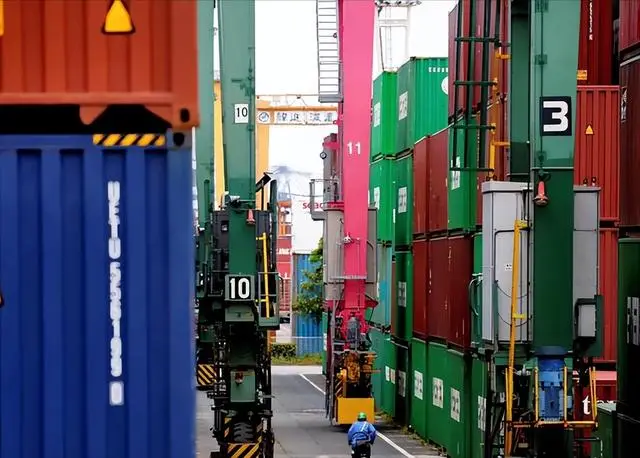
Particularly in the automotive sector, the global trend toward new energy vehicles has severely impacted Japan's exports of traditional fuel-powered vehicles. In early 2025, the United States and Europe successively introduced policies imposing "carbon emissions surcharges" on fuel-powered vehicles, directly impacting the price competitiveness of Japanese cars in the European and American markets. Major companies such as Toyota and Honda reported declines of over 10% in overseas profit margins.
At the same time, upstream industries such as steel and non-ferrous metals have reduced production due to declining exports. Small and medium-sized parts suppliers have been hit particularly hard, leading to increased business closures and a decline in manufacturing employment. While the service sector has limited GDP support, it remains a key pillar of economic recovery in the short term. Industries such as tourism, retail, and healthcare, in particular, have seen a temporary rebound, driven by the return of tourists from China and other Asian countries.
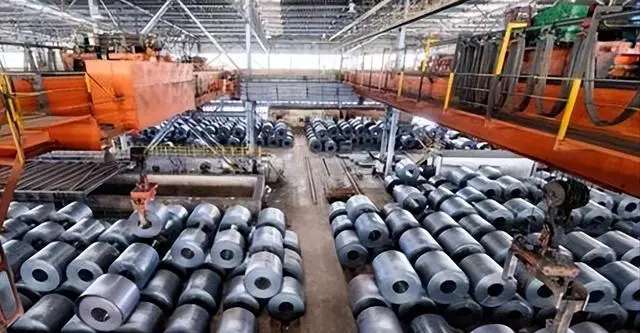
Japan's economy rebounded slightly in the second quarter, by approximately 0.4% quarter-on-quarter. On the domestic demand side, household consumption saw a slight increase, thanks to short-term government stimulus measures such as consumer vouchers and fuel subsidies. Growth in corporate fixed investment has been limited, primarily concentrated in high-end equipment upgrades and smart manufacturing, with more small and medium-sized enterprises opting to wait and see.
The demographic drag on Japan's economy is becoming increasingly pronounced. By mid-2025, the proportion of people aged 65 and over in Japan will have exceeded 30%. The labor force continues to shrink, and the labor force participation rate has fallen to a new low. Despite the government's vigorous efforts to promote female employment and re-employment for the elderly, the overall labor force gap remains significant. The imbalance between supply and demand in the labor market has led to severe labor shortages in some industries, limiting the release of production capacity.
Social spending on pensions, healthcare, and other areas continues to rise. The government budget report shows that in 2025, spending on pensions and medical insurance will exceed 35% of fiscal spending for the first time. The widening fiscal deficit, coupled with the lagging progress of consumption tax reform, has continued to increase local government debt pressures. Major cities such as Tokyo and Osaka are actively attracting investment and experimenting with high-tech parks and innovation pilot zones to promote structural upgrades, but the overall driving effect has yet to materialize.

Furthermore, revised GDP data for the second quarter in Japan shows that the output gap has widened to 0.3%. The output gap refers to the difference between a country's actual output and its potential output. This figure reflects that Japan's economy has not yet fully realized its potential, with significant unused production capacity and prominent structural imbalances.
In terms of foreign trade, the Asian market remains Japan's primary source of reliance. Trade with ASEAN and South Korea remains stable, but trade with China is growing at a slower pace. The complementarity between high-tech products and consumer electronics between China and Japan is gradually weakening, and Japan's traditional technological advantages are being rapidly overtaken by China's emerging technology companies. In particular, in areas such as photovoltaics, energy storage, and electric vehicles, Japan's competitiveness is being marginalized.
Energy issues have also become a major factor dragging down economic growth. Given Japan's high dependence on energy imports, global energy price fluctuations have a significant impact on it. In the first half of 2025, total imports of liquefied natural gas and crude oil increased by 12% year-on-year, driving up overall manufacturing costs. Domestic nuclear power restarts are slow, the penetration rate of new energy sources remains insignificant, and progress in energy restructuring is slow.
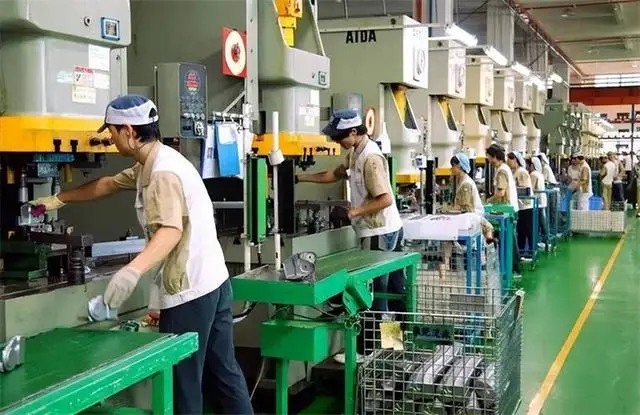
China's Rise and Challenges
In the first half of 2025, China's GDP reached US$9.57 trillion, reaching US$4.77 trillion in the first quarter and US$4.8 trillion in the second quarter, showing a steady upward trend. Many sectors, including manufacturing, services, and agriculture, maintained strong growth, and the overall economic performance remained stable with progress.
Exports continued to grow in the first half of the year, with traditional labor-intensive industries remaining resilient. Exports of high-tech products such as new energy vehicles, photovoltaic products, and drones increased year-on-year. Companies such as BYD, CATL, and DJI continued to gain increasing competitiveness in the international market. Signs of recovery in the consumer market were evident, with strong expansion in domestic demand sectors such as e-commerce, express delivery, new energy mobility, and online services.
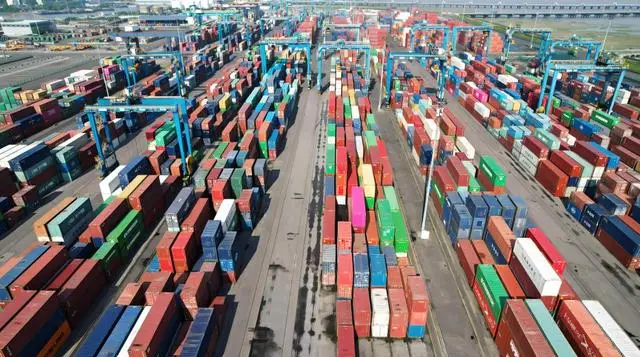
Total grain output remained stable, with manufacturing growing by 5.5% and services increasing by 5% year-on-year. China's R&D investment and industrial implementation continued to advance, particularly in key industries such as artificial intelligence, semiconductors, new energy, and new materials. A nationwide new high-quality productive force is gradually taking shape, with the eastern coastal areas leading the technology industry cluster and the central and western regions strengthening their capacity to absorb and absorb industries.
At the policy level, macroeconomic regulation remained prudent, fiscal measures were targeted, and monetary policy was flexible and appropriate. Local special bonds are being invested in key areas such as infrastructure, healthcare, education, and scientific and technological research and development, supporting medium- and long-term growth momentum. Several new regulations have reduced corporate financing costs, improving the operating environment for small and micro businesses.
The overall performance in the first half of the year demonstrates the resilience of the Chinese economy. Medium- and long-term growth relies on the dual drivers of manufacturing transformation and technological breakthroughs, forging an independent growth path amidst global economic pressures.
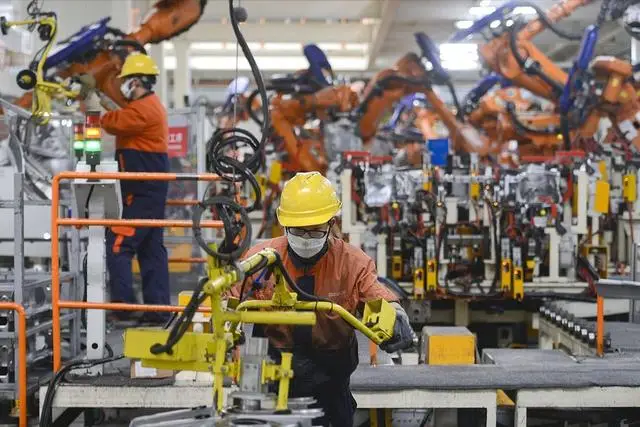
The Future Competition between China, the United States, and Japan and the Global Landscape
Looking back at the GDP performance of the United States, Japan, and China in the first half of 2025, the disparity lies not only in the numbers but also in the profound changes in the global economic landscape. The United States remains the world's leading economy, but signs of slowing growth are already evident. Although Japan is a strong player among developed countries, it is gradually falling behind in the tide of globalization. After decades of rapid growth, China has finally entered a stage of high-quality development and is catching up in some areas.

As the global economy continues to change, competition among China, the United States, and Japan is intensifying. As the global economic leader, the United States, while still leading in terms of overall size, faces considerable pressure from volatile trade policies and weak domestic demand. Its structural economic structure and continued high external dependence make it difficult for it to gain a complete advantage in competition with other countries, particularly China.
Japan, on the other hand, is in a difficult position. While its economic size remains impressive, its growth momentum is clearly weak. Traditional industries such as automobiles and steel, while stable, face the pressure of global competition, and Japan's industrial upgrading has not kept pace with global technological change. Furthermore, an aging population poses a serious threat to Japan's long-term economic growth. If Japan fails to achieve breakthroughs in emerging industries such as new energy and artificial intelligence, its future economic growth may stagnate.
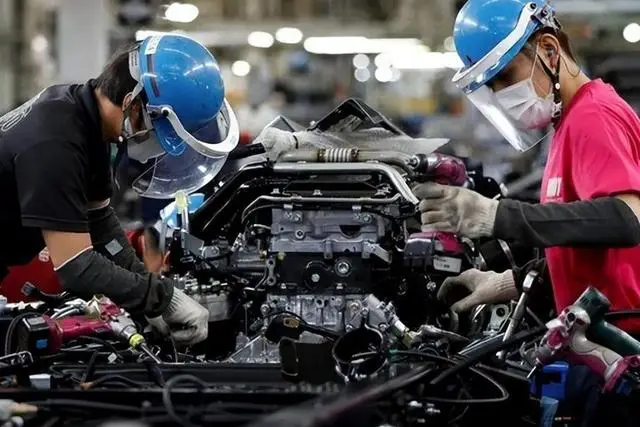
Compared to this, China's rise appears particularly robust. While still facing some technological barriers and external challenges, China's growth potential remains enormous, and its future competitiveness is expected to continue to rise.
In particular, in emerging sectors such as new energy vehicles, drones, and artificial intelligence, Chinese companies have rapidly emerged and have gained a significant market share.
The global economic landscape is undergoing profound changes, and the competition between China, the United States, and Japan has entered a new phase. The United States faces the pressure of slowing economic growth, Japan struggles with the balance between high technology and low growth, and China steadily advances as it accelerates its convergence into the global economic center.
Future competition will not only be a contest of economic output, but also a contest of innovation, market vitality, and industrial competitiveness. Whether it's the United States, Japan, or China, the future of the global economy will be determined by the transformation, upgrading, and foreign policy strategies of these major economies.




